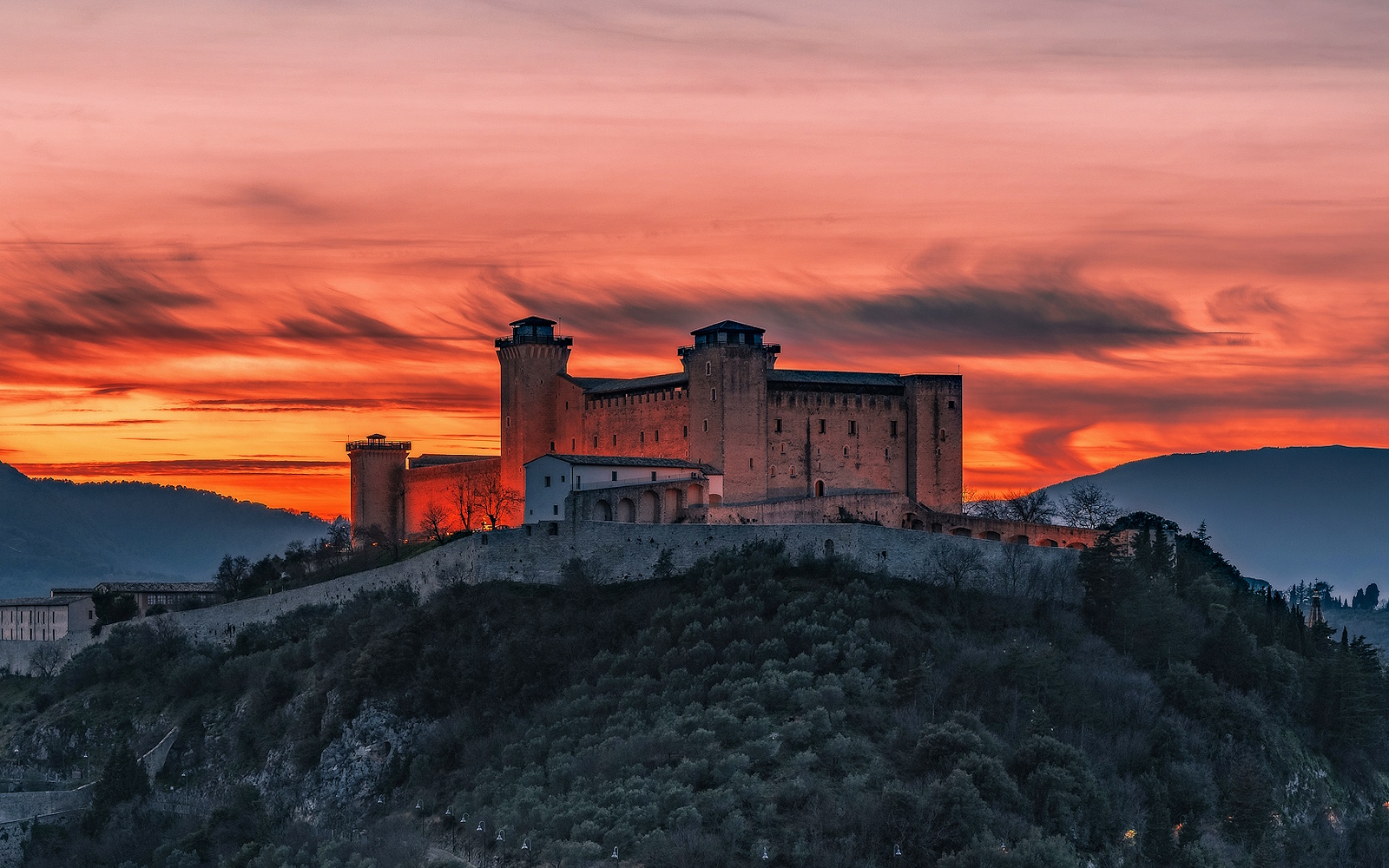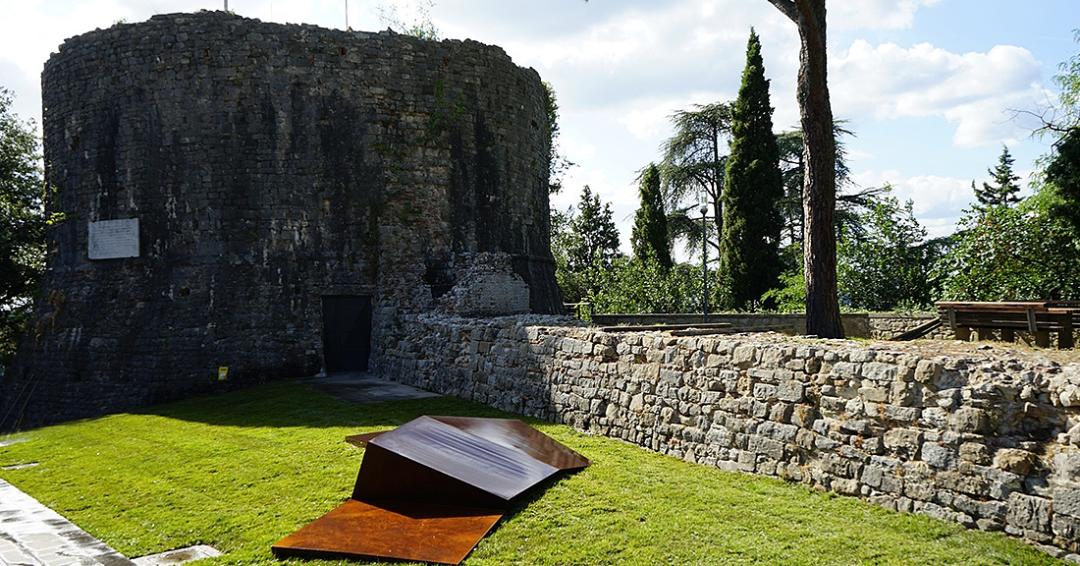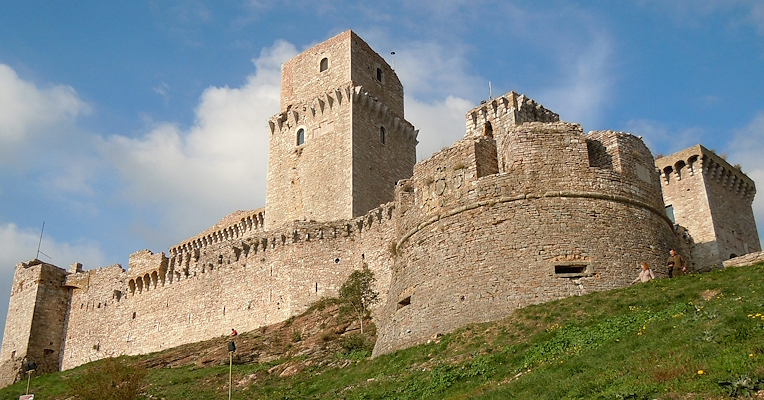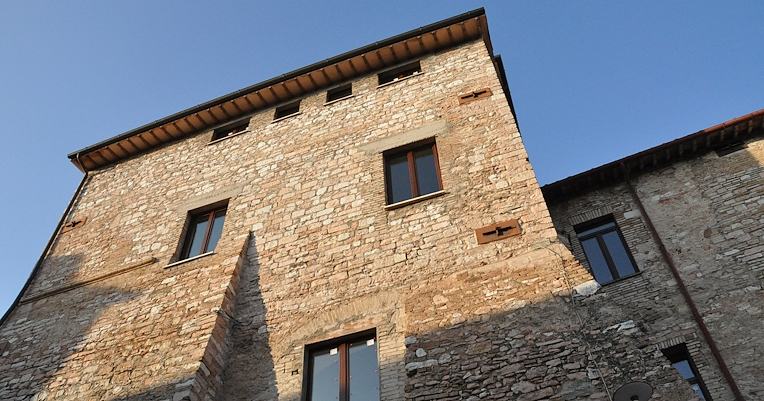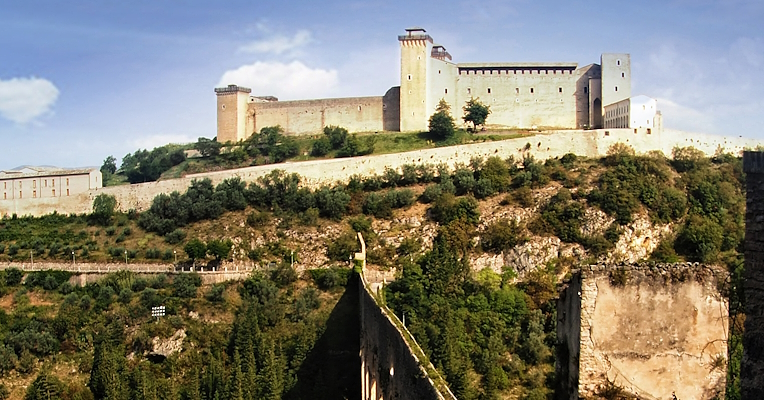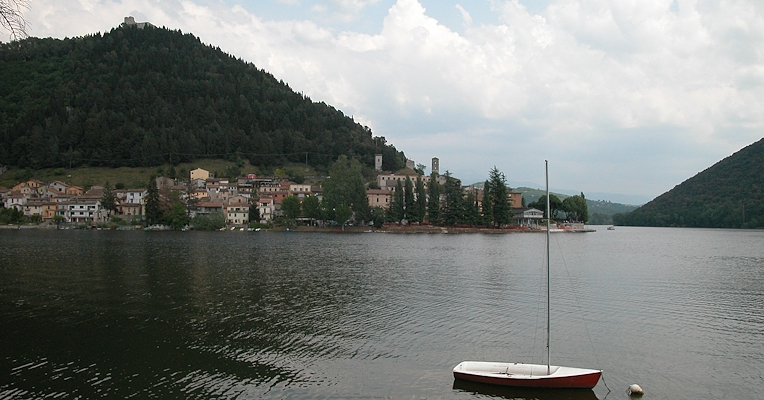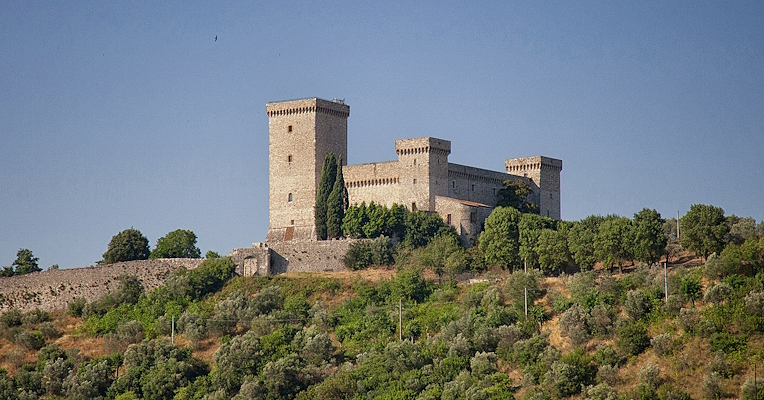Majestic and austere, these fortresses still dominate the towns where they were built, witnesses to the endeavours of Egidio Albornoz, a Spanish cardinal who coordinated their construction in order to reaffirm papal authority over the territories of the Papal States.
Who was Egidio Albornoz?
Gil Álvarez Carrillo de Albornoz was born in 1310. His father was a descendant of the Spanish king Alfonso V of León, while his mother belonged to the royal house of Aragon.
Appointed cardinal in 1350 by Pope Clement VI, under Pope Innocent VI Albornoz was given the prestigious task of consolidating the possessions and power of the Papal States. His action was aimed at countering the rebellions of some towns in central Italy that had rebelled against papal control during the Avignon Papacy, when the papal seat was no longer in Rome.
Egidio Albornoz succeeded in this endeavour by building imposing defensive fortresses, often entrusted to famous architects, which became symbols of the restoration of papal authority. In Umbria, the towns of Assisi, Spoleto and Narni host some of the most beautiful Albornoz fortresses, while those of Todi, Spello and Piediluco have been almost entirely lost. Evidence of his work, which left numerous defensive structures throughout the region, also remains in the massive city walls of Bettona, damaged during the occupation of the town by a coalition of Perugians, Sienese and Florentines.
























